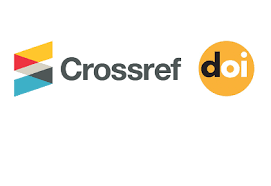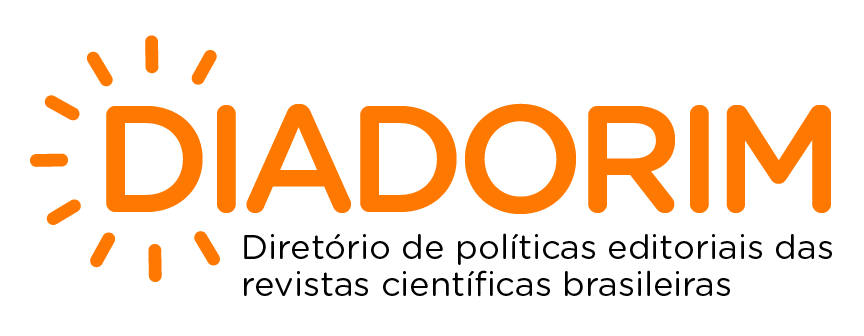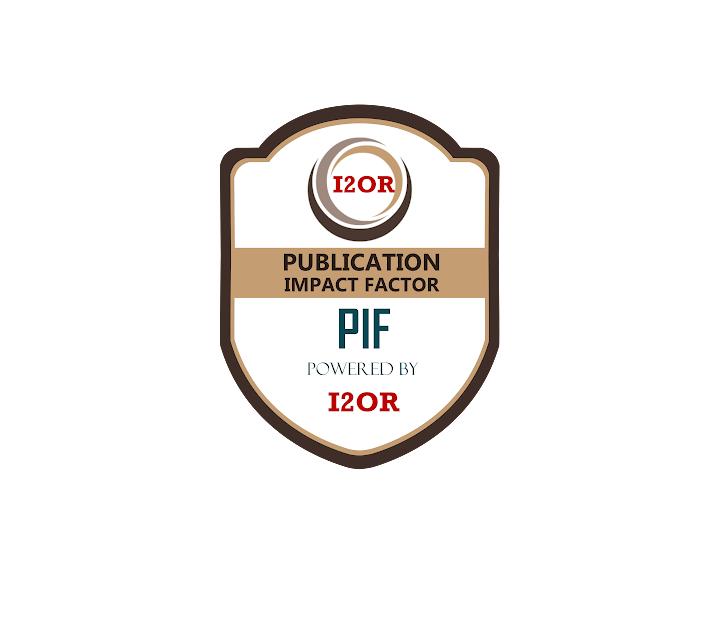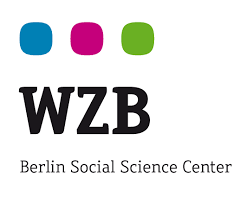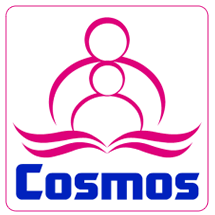CLINICAL CANVAS: A TOOL FOR CLINICAL CASE MANAGEMENT
DOI:
https://doi.org/10.53612/recisatec.v2i9.193Palavras-chave:
Technological Development and Innovation Projects, Health, Disease ManagementResumo
Purpose: The present study objective to develop, based on the tools of Design Thinking and Business Model Canvas, a dynamic visual resource that allows the dialogue on insights generated by all research and clinical performance to improve the management of clinical cases. Method: The double diamond model was used as a methodological approach to define the problem. From this, it was possible to define the main aggravating factors for the problem as well as the definition of the central problem. Results: As a result, nine topics have been selected as key points for success in clinical management and these topics can be customized for other clinics as they are standard in healthcare. Clinical Canvas summarizes the ideas of leaders in healthcare design to enable healthcare professionals to develop the ability to create their own laboratory or critically evaluate their performance, based on effective clinical case management, useful for strategic planning and management purposes clinical cases that traditionally exist. For qualitative and quantitative assessments carried out with caregivers, an iterative digital form will be used. Conclusion: The Clinical Canvas synthesizes insights from leaders in health design to allow healthcare professionals to develop the ability to create their own laboratory or critically evaluate their performance, based on effective clinical case management, useful for strategic purposes of planning and managing clinical cases that traditionally exists.
Downloads
Referências
- Ulrich RS, Zimring C, Zhu X, Dubose J, Seo HB, Choi YS, Joseph AA Review of the Research Literature on Evidence-Based Healthcare Design. HERD: Health Environments Research & Design Journal, 2008, 1(3), 61–125.
- Awori J and Lee J. A Maker Movement for Health. JAMA Pediatrics, 2017, 171(2):107-108. DOI: https://doi.org/10.1001/jamapediatrics.2016.3747
- Schmitz A, Urbano D, Dandolini GA, Souza JA, Guerrero M. Innovation and entrepreneurship in the academic setting: a systematic literature review. International Entrepreneurship And Management Journal, 2016, 13(2):369-395. DOI: https://doi.org/10.1007/s11365-016-0401-z
- Saier MC. Going back to the roots of WA Shewhart (and further) and introduction of a new CPD cycle. International Journal of Managing Projects in Business. 2017 Jan 4, 10(1), 143-166. DOI: https://doi.org/10.1108/IJMPB-11-2015-0111
- Berwick DM. Improvement, trust, and the healthcare workforce. BMJ Quality & Safety. 2003 Dec 1;12(6):448-52. DOI: https://doi.org/10.1136/qhc.12.6.448
- Drummond MF, Sculpher MJ, Claxton K, Stoddart GL, Torrance GW. Methods for the economic evaluation of health care programmes. Oxford university press; 2015 Sep 25.
- Ulrich RS, Zimring C, Zhu X, DuBose J, Seo HB, Choi YS, Quan X, Joseph A. A review of the research literature on evidence-based healthcare design. HERD: Health Environments Research & Design Journal. 2008 Apr;1(3):61-125. DOI: https://doi.org/10.1177/193758670800100306
- Institute for Healthcare Improvement. IHI home page. http://www.ihi.org. Published 2018. Accessed May 1, 2022.
- Brown T. Change by design: how design thinking transforms organizations and inspires innovation. New York: HarperCollins, 2009.
- Xie D [internet]. Lessons from the Mayo Clinic: Can design help with global healthcare delivery thinking?- global heath on MIT, 2011. [cited 2022 May 04]; [about 4 screens} Available from: http://globalhealth.mit.edu/mayo-clinic-lesson/
- Zen AC, Machado BD, López AI, Borges MC, Menezes DC. Route of Innovation: A Methodology Proposal for Innovation Management. Revista de Administração Contemporânea. 2017 Nov;21(6):875-92. DOI: https://doi.org/10.1590/1982-7849rac2017170151
- Buchele GT, Teza P, Dandolini GA, De Souza JA. Analysis of empirical qualitative articles on methods, techniques, and tools for innovation. Revista de Administracao Mackenzie. 2015 May 1;16(3):136-71.
- Osterwalder A, Pigneur Y, Clark T, Smith A. Business Model Generation: A Handbook for Visionaries, Game Changers, and Challengers. 2010.
- Grenier C, Pauget B, Hudebine H. Innovations in healthcare and wellbeing: A focus on actors and collaborations at the boundaries. Journal of Innovation Economics Management. 2019(3):1-5. DOI: https://doi.org/10.3917/jie.030.0001
- Mahmoud ES, Sadek M, Hassan SF. Double Diamond Strategy Saves Time of the Design Process. International Design Journal. 2020;10(3):57.
- Dias LR, da Silva OA, de Alarcão Soares SC, Junior EE, Danziger LR. The importance of anamnesis in the training of medical students. Revista Eletrônica Acervo Científico. 2019 Sep 4;5:e1094-1103. DOI: https://doi.org/10.25248/reac.e1094.2019
- Barreto LA. Importance of the patient's perception about the diagnosis and treatment of the disease. Revista Neurociências. 2011 Jun 30;19(2):194-5. DOI: https://doi.org/10.34024/rnc.2011.v19.8369
- Waltman SH. Functional analysis in differential diagnosis: Using cognitive processing therapy to treat PTSD. Clinical Case Studies. 2015 Dec;14(6):422-33. DOI: https://doi.org/10.1177/1534650115571003
- Owens RL, Woolgar SR. Moving past pathology: Clinical applications of the Balanced Diagnostic Impressions (DICE-PM) model. Translational Issues in Psychological Science. 2018 Sep;4(3):304. DOI: https://doi.org/10.1037/tps0000163
- Reis CT, Martins M, Laguardia J. Patient safety as a dimension of the quality of health care: a look at the literature. Ciencia & saude coletiva. 2013 Jul 1;18(7):2029. DOI: https://doi.org/10.1590/S1413-81232013000700018
- Brauer PM, Hanning RM, Arocha JF, Royall D, Goy R, Grant A, Dietrich L, Martino R, Horrocks J. Creating case scenarios or vignettes using factorial study design methods. Journal of advanced nursing. 2009 Sep;65(9):1937-45. DOI: https://doi.org/10.1111/j.1365-2648.2009.05055.x
- Pillkahn U. Using Trends and Scenarios as Tools for Strategy Development. Erlagen: Publicis Corporate Publishing, 2008.
- Lazarus IR. Innovation or stagnation? Crossing the creativity gap in healthcare. Journal of Healthcare Management. 2011 Nov 1;56(6):363-7. DOI: https://doi.org/10.1097/00115514-201111000-00003
Downloads
Publicado
Como Citar
Edição
Seção
Categorias
Licença
Copyright (c) 2022 RECISATEC - REVISTA CIENTÍFICA SAÚDE E TECNOLOGIA - ISSN 2763-8405

Este trabalho está licenciado sob uma licença Creative Commons Attribution 4.0 International License.
Os direitos autorais dos artigos/resenhas/TCCs publicados pertecem à revista RECISATEC, e seguem o padrão Creative Commons (CC BY 4.0), permitindo a cópia ou reprodução, desde que cite a fonte e respeite os direitos dos autores e contenham menção aos mesmos nos créditos. Toda e qualquer obra publicada na revista, seu conteúdo é de responsabilidade dos autores, cabendo a RECISATEC apenas ser o veículo de divulgação, seguindo os padrões nacionais e internacionais de publicação.








